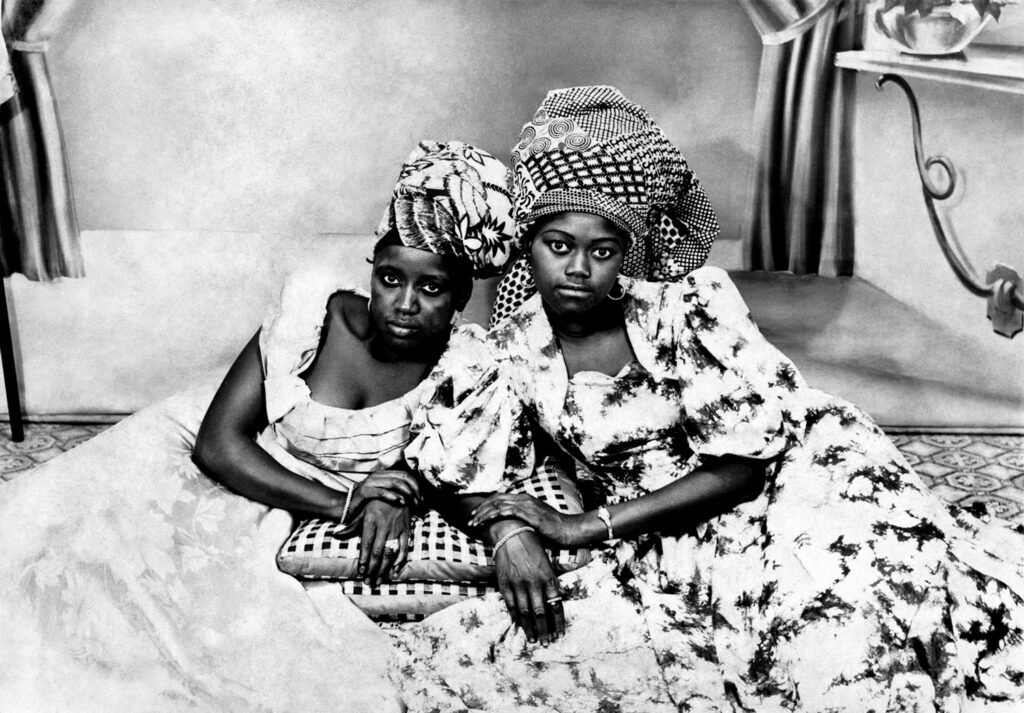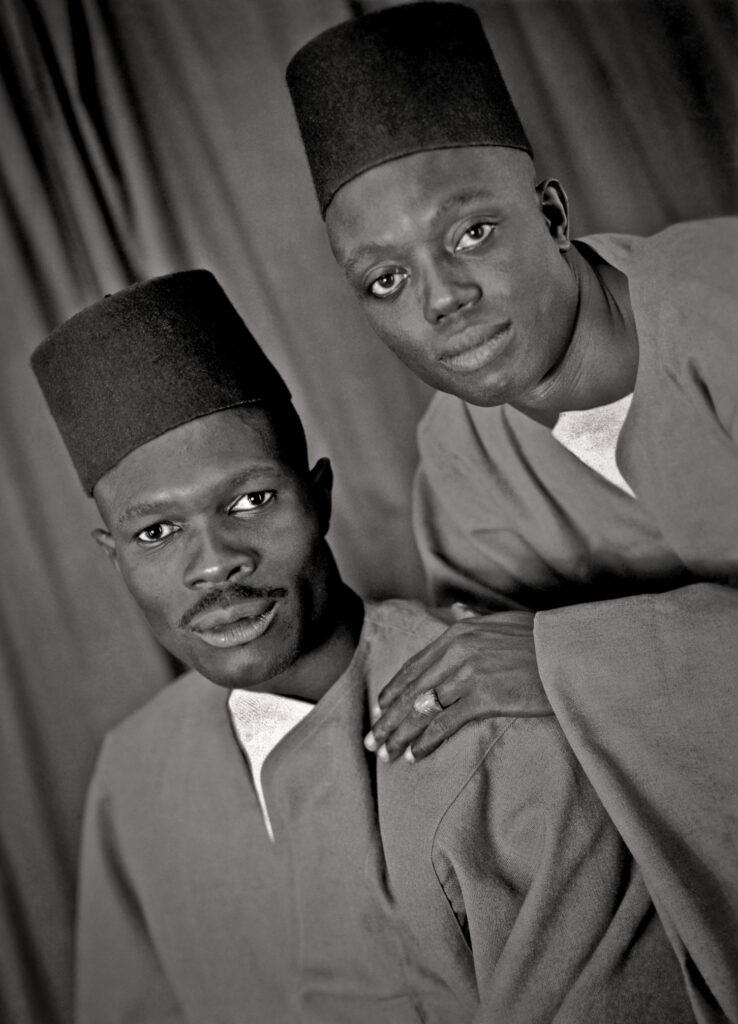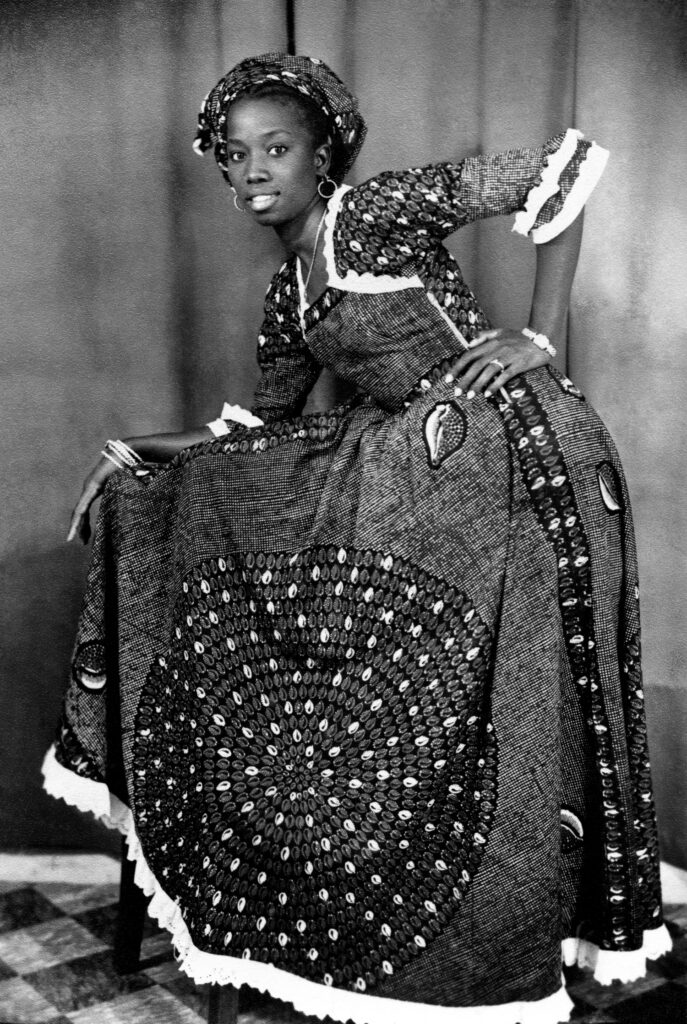The Visionary Who Framed Senegal’s Elegance
In the grand gallery of African photography, certain names echo across time, their images etched into history like visual poetry. Among them stands Mama Casset, a master of portraiture, a chronicler of elegance, and a pioneer who defined the aesthetic of Senegalese photography. His lens did not merely capture faces; it immortalized stories, identities, and the unspoken language of presence.
A Young Apprentice with a Dream
Born in 1908 in Saint-Louis, Senegal, Mamadou “Mama” Casset’s journey into photography began at the tender age of 12. His first exposure to the craft was under the guidance of Oscar Lataque, a French photographer in Dakar. With an insatiable curiosity and a natural eye for composition, young Casset quickly absorbed the technicalities of the medium. His early years were spent mastering the fundamentals, refining his vision in an era when photography was still a rare art form in West Africa.
His path took an unexpected turn when he joined the French Air Force, where he honed his skills in aerial photography. From high above, he captured sweeping landscapes, studying light, form, and perspective in ways that would later inform his signature style. While these airborne frames were technical in nature, they planted the seeds of an artistic sensibility that would blossom in the decades to come.
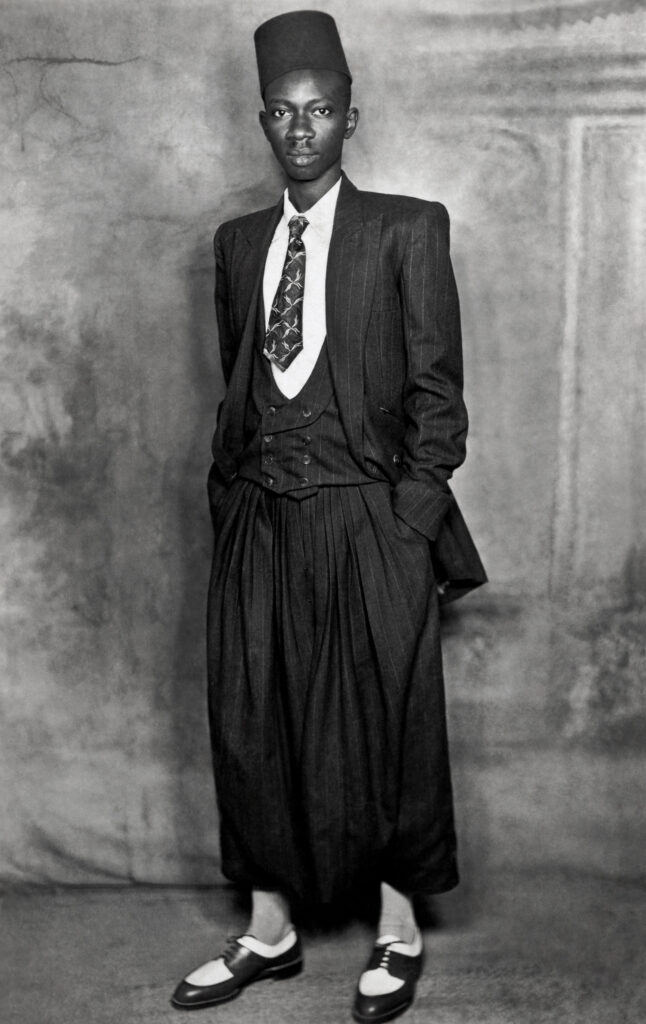
The Birth of ‘African Photo’
After the Second World War, Casset returned to Dakar and opened his own studio, African Photo, in the bustling Medina. This space became more than just a studio—it was a portal where everyday Senegalese citizens transformed into icons of their time. His reputation soared as he became the preferred photographer of the city’s bourgeoisie, offering them a vision of themselves that was both regal and timeless.
But Casset was not merely a commercial photographer catering to the elite. He was an artist at heart, dedicated to elevating the photographic medium beyond documentation. His second wife became his muse, appearing in many of his works, embodying the grace and allure that defined his aesthetic.
The Art of Staging and Expression
What set Mama Casset apart was his meticulous approach to portraiture. He crafted each image with the precision of a painter, paying close attention to posture, attire, and expression. His subjects often posed against minimalistic backdrops, allowing their essence to shine through. He had a unique way of using diagonals to structure his compositions, creating a dynamic yet harmonious visual balance.
In his images, hands spoke volumes, eyes carried unspoken narratives, and fabrics whispered tales of culture and class. The tight framing of his portraits pulled viewers into an intimate dialogue with the subject. His mastery of natural light added a softness, accentuating skin tones and textures with an almost sculptural quality. Looking at a Mama Casset photograph, one could almost sense the air thick with the aroma of tchouraï, hear the faint echoes of laughter, or feel the weight of untold emotions resting within the frame.
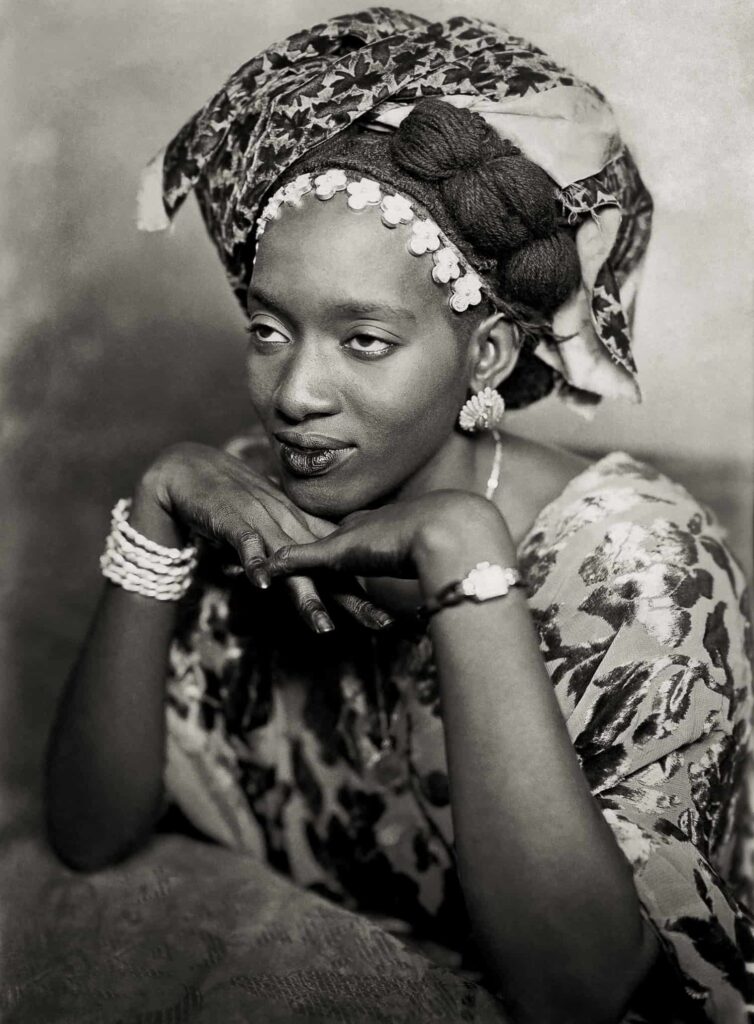
A Legacy Preserved
Casset’s career flourished until the 1980s, when tragedy struck—he lost his sight, forcing him to abandon the craft that had defined his life. A few years later, a devastating fire consumed his beloved studio, reducing his life’s work to ashes. For a time, it seemed that his legacy might fade into obscurity.
But true artistry never dies. His images, once thought lost, were resurrected from private collections and archives, reintroducing the world to his genius. Exhibitions in Paris, New York, São Paulo, and beyond have since celebrated his work, cementing his place as one of Africa’s photographic pioneers.
The Timelessness of Mama Casset’s Vision
Mama Casset was more than a photographer—he was a storyteller, a visual poet who saw beyond the lens. His work captures a Senegal in transition, a people poised between tradition and modernity, and individuals striving to be seen as they wished to be remembered.
Today, his influence lingers in the work of contemporary African photographers who continue to frame their own narratives with the same elegance and intentionality that Casset mastered decades ago. His photographs are not just historical records; they are windows into a world rich with dignity, poise, and humanity.
Though he passed away in 1992, Mama Casset’s artistry remains as vibrant as ever—a testament to the enduring power of photography to shape memory, identity, and history. Through his lens, Senegalese people saw themselves not just as subjects of a photograph, but as protagonists of their own stories, forever suspended in the timeless elegance of his vision.



